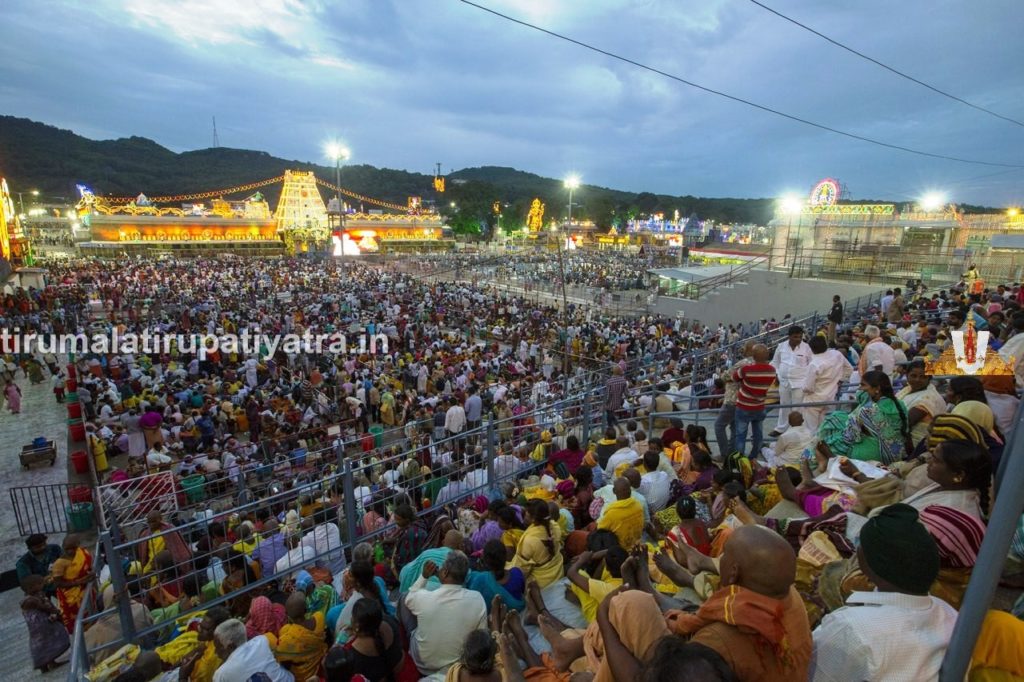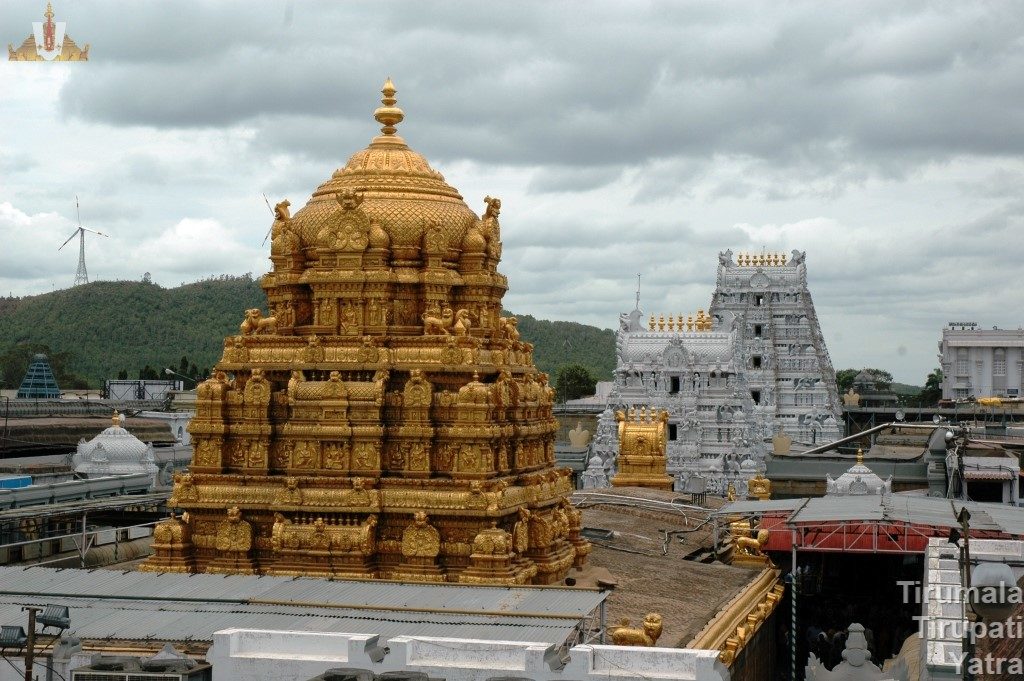NITYOTSAVAS The utsavas of the Lord held throughout the year can be divided into Nityotsavas (daily ceremonies), Varotsavas (weekly ceremonies), Masotsavas (monthly ceremonies) and Varshikotsavas (annual ceremonies). Let us try to know about them briefly. Every day several sevas and utsavas are held for the Lord in Tirumala right from early morning till night. Let Read More
Tag: Koluvu Srinivasa Murthy
To have the darshan of Sri Koluvu Srinivasa Murthywho is majestically sitting on a golden thrown. He is also known by the following names: Lekhana Srinivasa Moorthy, Darbar Srinivasa Moorthy, Alagippiranar, Bali Beram, Aniruddha Beram etc.
5 Idols of Tirupati Balaji – Pancha Berams
Pancha Berams of Tirupati Balaji Lord SRINIVASA is the heavenly Wishing Tree (kalpa taruvu) to those who yearn for Him, gold to those who hold his hand, advance honorarium to those who worship Him, a diamond on hand to those who serve Him, the Ultimate God to those who conceive of Him, fulfiller of desires Read More


